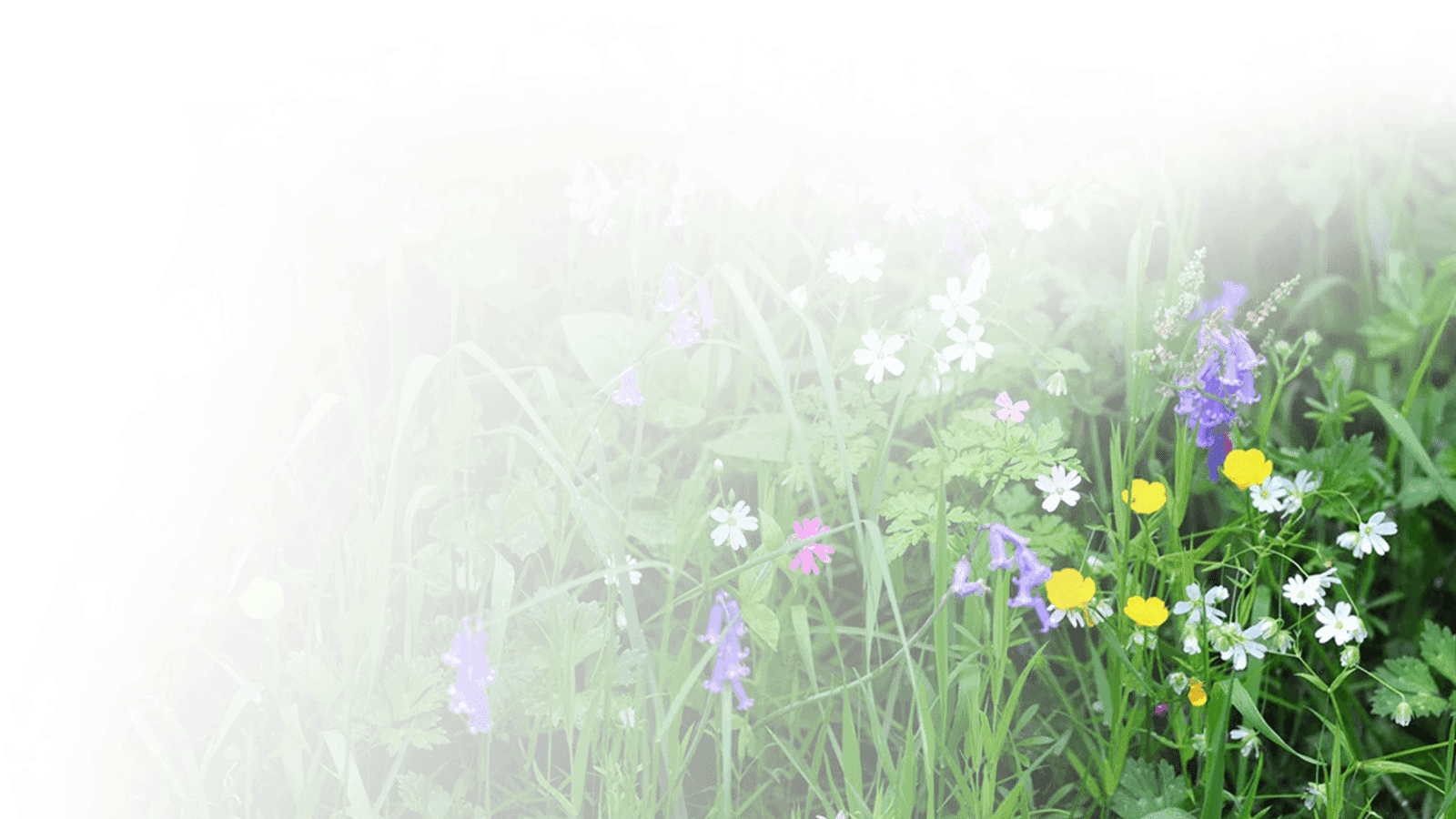The Early Jesus and Mary Tradition
Wild Wisdom Two, Saturday 16th January
Words and images by Beth

Blossoming witch hazel in Juliette’s garden
From the Paleolithic, Mesolithic and Neolithic Cultures, to the Celtic, Ancient Mesopotamian, Ancient Egyptian, early Hebrew and Ancient Greek and Roman cultures; we have travelled through many stories, many lands and places, many spiritual and cultural traditions. All of these stories are our own stories, hidden in the depths of our souls, in the deep stream of our present day traditions. But as we arrived today in the story of Mary and Jesus, there was a different sort of familiarity. Not an ancient remembering, but a very alive relationship. The intimacy of relationship was felt in the whole group, whether for good or worse. This story is very close to our hearts; it is an entryway into our own spiritual journey and it is also the cause of wounds.
We began the day sharing what the prospect of encountering this tradition and story felt like for us; for me I was intrigued and excited to be approaching it on our journey from the beginning of stories; after meeting the stories that quietly sit underneath and inform the mythical motifs of birth, death and resurrection. For others there was apprehension, anger, tears, and a longing to connect.

Our altar, with an icon drawing of Mother Mary and the hare that has been hopping alongside us on our journey
Sam invited us into her telling of the story through the perspective of Mary, inspired by the Eastern Orthodox Church who begins its Christian calendar not at the birth of Jesus, but at the conception of Mary. Informed and inspired by archaeology, icon drawings and the accounts we have written down, Sam took us on an intimate and impassioned telling of the lives of Mary and Jesus. I wish I could share with you this telling, but it really does live in the oral world, so if you ever have the opportunity to listen to Sam’s telling I will simply encourage you to go with her on that journey.
A particular focus in the story was on a group of people known as the ‘Hidden Ones’. These were men and women who lived in a different way to the dominant culture under Roman rule, renowned amongst the people not for status but for their deep holiness. They were often miracle working healers, dedicated to lives of simplicity and equality. After the storytelling we explored what historical evidence we have surrounding the story. We learnt that Galilee, the birth place of Jesus’ father, was a radical hub outside of the city (perhaps a bit like Totnes!) which was home to a large number of these holy people. Many scholars, including Geza Vermes, think Jesus was a part of this tradition, initiated by his mother and father who were themselves committed to the mystic’s way. These people were dangerous to Roman rule – they shook the pillars of the patriarchal temple and shone a light of divine harmony. Many were persecuted for their dangerous ideas, just as they are all over the world still today. We asked – why do we remember Jesus over others? What is so special about Jesus? Perhaps that is the ultimate question… what is so special about him? A question that he is recorded to have asked his disciples that I find very powerful is “Who do you say I am?”. He is many things to many people. I like to see him as a radical peacemaker and teacher of love, who became a symbol of the love he taught.
He shone a vision of a more beautiful world, and this vision began its journey across the world through a small group of men and women who experienced the vision and kept faith with it. Perhaps that’s what it means to have faith in Jesus, not faith that the story we know of him today is ‘true’ in the literal sense, but faith in his vision, and faith that we can carry and live that vision too.

An angel feather in Juliette’s garden
Alongside this travelling vision is another story, where the hidden teachings of Jesus become consumed by the Roman Empire and feed its power. I find it deeply ironic and disturbing that the very people who crucified him later took on his name and combined his teachings with their ruling empire. Of course, this is not the whole story, but it is part of it, and I cannot help but feel anger for this distortion and corruption of his teachings. However, corrupted and dogmatic as it has been in the past, it is perhaps down to the Roman Catholic Church that the Jesus and Mary tradition still lives as strongly as it does. And if you look past the patriarchal and oppressive gold cladding, the heart of Jesus is still present. In my eyes, it seems that the true heart has even started beating again in the Vatican because of the current Pope. A penny dropped for me when I realised that it is culture that is patriarchal, not the true heart of religion. The Jesus and Mary tradition actually carries a non-patriarchal thread within the patriarchal culture it has been held by, it carries a thread of harmony and equality in a world that is very slowly learning what these words mean.

Communion with Sam’s homemade slow gin
We ended the day in collaborative ceremony, first placing what we’d all like in the pot, then creating the structure and then living the ceremony. We sang, we read poems and the song of Mary (the Magnificat), we moved and we shared communion. This time I wasn’t simply drinking the blood of Jesus, but the blood of Jesus in the wombed vessel of Mary. This communion was a sacred marriage of Jesus and Mary, of harmony and equality and healing.









